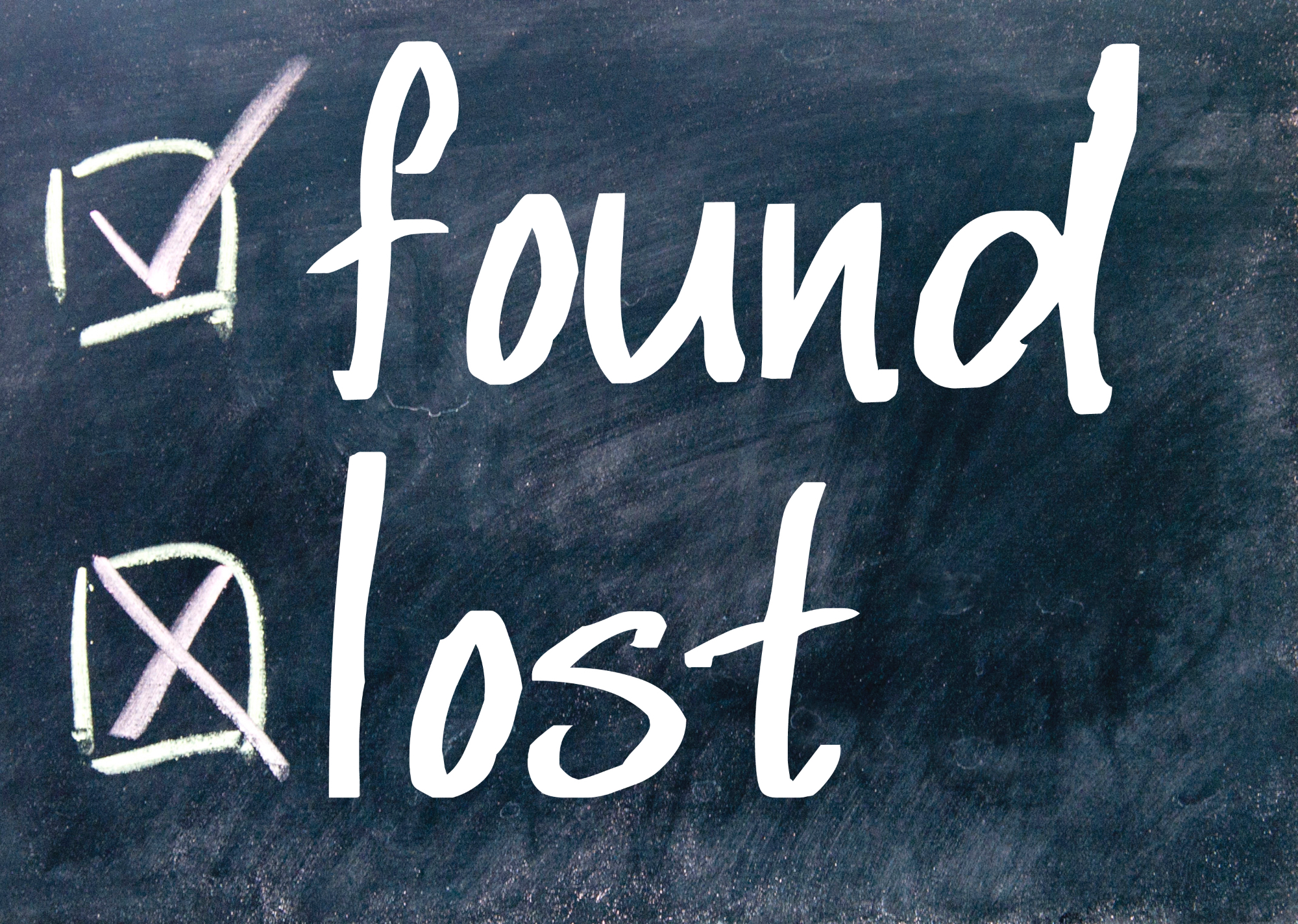The concept of ‘lost and found’ may seem straightforward, but it can be quite complex when looked at from different perspectives. Essentially, this system has been established to manage objects that have inadvertently been left behind or misplaced by their owners and subsequently discovered by others. This system operates on a broad spectrum ranging from personal level, such as in homes and schools, to a more public scope like airports, hotels, and other large establishments where the probability of misplacing items is relatively high. The lost item undergoes a process before ending up in the lost-and-found section: It gets logged into a database with specific details including where it was found, its description among others; stored for a certain period waiting for collection; if unclaimed within the stipulated timeframe, what becomes of it varies depending on the policy of the establishment – some donate them to charities while others auction them off. Understanding this process is important as it helps one know how best to recover their lost items and also assists those who run these sections in effectively managing them.

While the concept of lost and found seems relatively simple, it is an intricate system that requires a meticulous approach to handle effectively. It begins with categorization; this can range from personal belongings like wallets and keys, to electronic devices such as phones and laptops, or even more valuable items like jewelry. Every item found is thoroughly documented in a log book or a digital database – this includes the time and place where it was discovered, its physical description and any distinguishing features that could assist in identifying the rightful owner. This record-keeping process is crucial as it aids in matching lost items with their respective owners when they come looking. Once an item is logged into the system, it’s stored securely in a designated area until claimed by its owner. The storage period varies across different establishments but typically ranges between 30 to 90 days. During this timeframe, individuals who have misplaced their belongings are encouraged to report to the lost-and-found department promptly bearing relevant proof of ownership such as receipts or photographs of missing items. In cases where items remain unclaimed past the storage period, policies on what happens next vary widely among institutions. Some places donate unclaimed goods to charitable organizations while others may opt for disposal or auctioning them off depending on their value – all these actions are done adhering strictly to laws governing handling of lost property within the jurisdiction. To make use of these services effectively though one must understand how they function; know where these departments are located within establishments you frequent; always keep records like receipts which can serve as proof of ownership; report losses urgently for quick recovery; regularly check online platforms linked with lost-and-found departments because some institutions post photos of recovered items online. On the other hand, those tasked with managing lost-and-found stations should ensure proper organization by arranging similar items together for easy identification; maintain regular updates in databases so current information is readily available when required; foster good relations with charity organizations for easier facilitation during donation of unclaimed items and also ensure a secure storage area to maintain trust from the public. By understanding these processes, we can navigate the lost-and-found system more efficiently, leading to quicker recovery of misplaced belongings and overall better management of this invaluable service.
Despite the challenges, there are ways to enhance the efficiency of a lost and found system. Technology plays an essential role in streamlining operations. For instance, computerized systems can automate tasks such as categorizing items based on their type or value and maintaining updated records. These systems can also send automatic alerts to individuals who have reported missing items whenever a match is found. Additionally, incorporating features like barcode scanning or RFID tags can expedite item tracking, making it easier for staff members to locate stored objects swiftly. Public awareness is equally important in ensuring maximum benefit from these services. Regularly educating people about how lost-and-found departments operate can lead to quicker reporting of misplaced belongings and thus faster recovery rates. This could involve sharing tips through social media platforms or displaying informative posters within premises. Moreover, partnerships with law enforcement agencies could be beneficial particularly when dealing with high-value items; they may offer resources such as forensic facilities for identifying owners using fingerprints or other unique identifiers present on the objects. In conclusion, optimizing a lost-and-found service requires not only meticulous organization but also technological upgrades and public engagement strategies aimed at promoting responsible use of these services by everyone involved.
In an effort to further enhance the effectiveness of lost and found services, implementing a robust system for reporting and tracking is crucial. With an advanced database that precisely logs characteristics such as color, brand, or other distinguishing features of lost items, it becomes significantly easier to match these with the descriptions provided by individuals who have misplaced their belongings. Moreover, integrating cutting-edge image recognition technology can provide another layer of accuracy in identifying objects. Similarly, developing a mobile app could offer real-time updates and a user-friendly interface for people to report or search for missing items. The role of staff training cannot be underestimated either. Ensuring that employees are well-versed in using these technological tools will result in more efficient operations. Regular workshops on handling and documenting diverse categories of items – from electronics to personal mementos – can be instrumental here. Empowering individuals who use the service is also vital; offering easy-to-understand guides about how best to describe or photograph lost items when reporting them can drastically improve chances of recovery. Lastly, collaborating with local businesses can also be advantageous for expanding reach; venues like shopping malls or theme parks often serve as hubs where many misplaced objects are found. Therefore establishing connections with such entities allows not only wider coverage but may also facilitate quicker returns. Thus with strategic planning and concerted efforts involving various stakeholders, significant improvements in the efficiency and reliability of lost-and-found systems are achievable. By focusing both on technological advancements and human-centric approaches we can ensure that fewer precious belongings remain unclaimed while minimizing stress for those unfortunate enough to lose them.…

